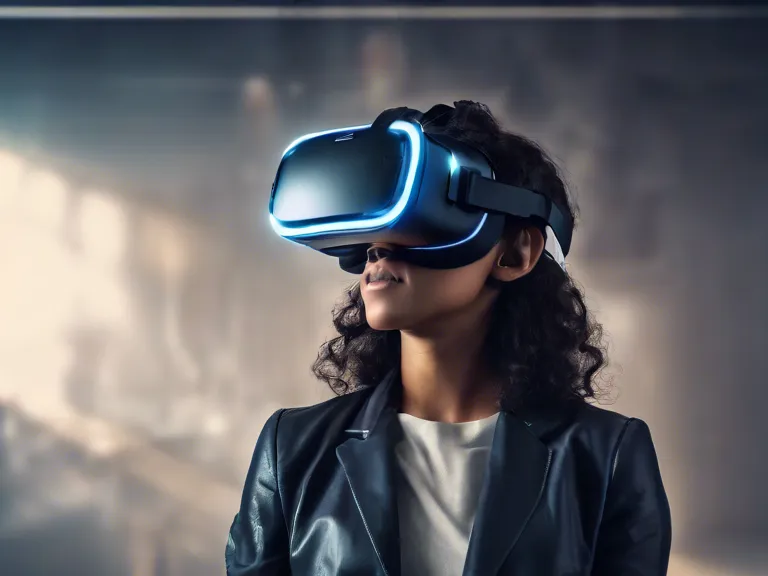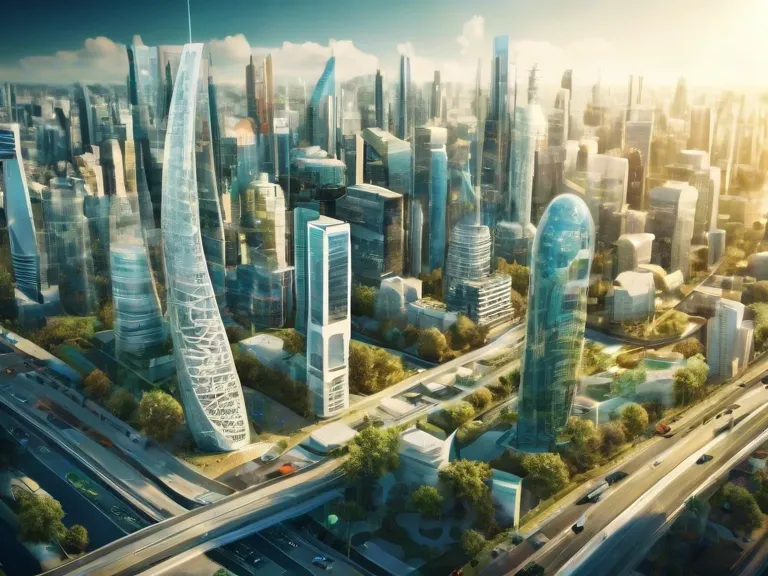
Virtual reality and augmented reality are two rapidly advancing technologies that are reshaping the way we interact with the digital world. While virtual reality immerses users in a completely artificial environment, augmented reality overlays digital information onto the real world. Both technologies have the potential to revolutionize various industries, from gaming and entertainment to healthcare and education.
Virtual reality, often abbreviated as VR, has already made a significant impact in the gaming industry. With the ability to transport users to virtual worlds and provide truly immersive experiences, VR gaming has become increasingly popular. However, the applications of virtual reality extend far beyond entertainment. In healthcare, VR is being used for medical training, pain management, and therapy. In education, it is opening up new possibilities for experiential learning.
On the other hand, augmented reality, or AR, is making waves in fields such as marketing, retail, and navigation. AR technology allows users to interact with digital content in the real world, enhancing their experiences and adding a new dimension to everyday activities. For example, AR apps can provide real-time information about products in a store, help users navigate unfamiliar environments, or even bring static objects to life with interactive content.
As both virtual reality and augmented reality continue to evolve, we can expect to see even more innovative applications emerge. The lines between the two technologies are starting to blur, with some devices and platforms offering a combination of VR and AR capabilities. This convergence of VR and AR opens up new possibilities for digital interaction, allowing users to seamlessly switch between immersive virtual environments and enhanced real-world experiences.
In conclusion, the future of digital interaction lies in a combination of virtual reality and augmented reality technologies. Whether it's exploring virtual worlds in VR or interacting with digital overlays in AR, these technologies have the power to transform how we work, play, and communicate. As the capabilities of VR and AR continue to expand, we can look forward to a future where the boundaries between the digital and physical worlds are increasingly blurred.



